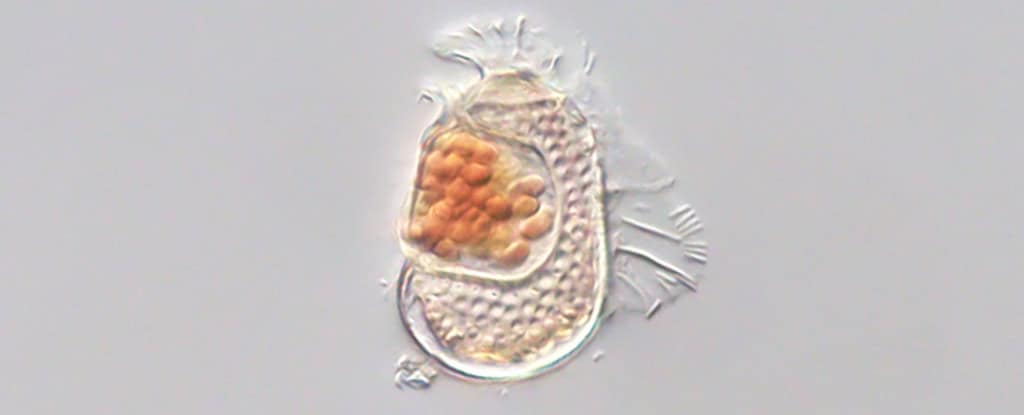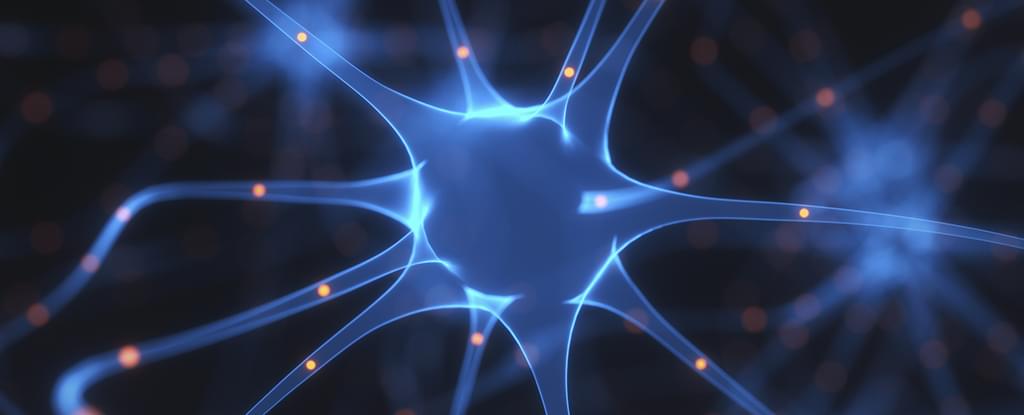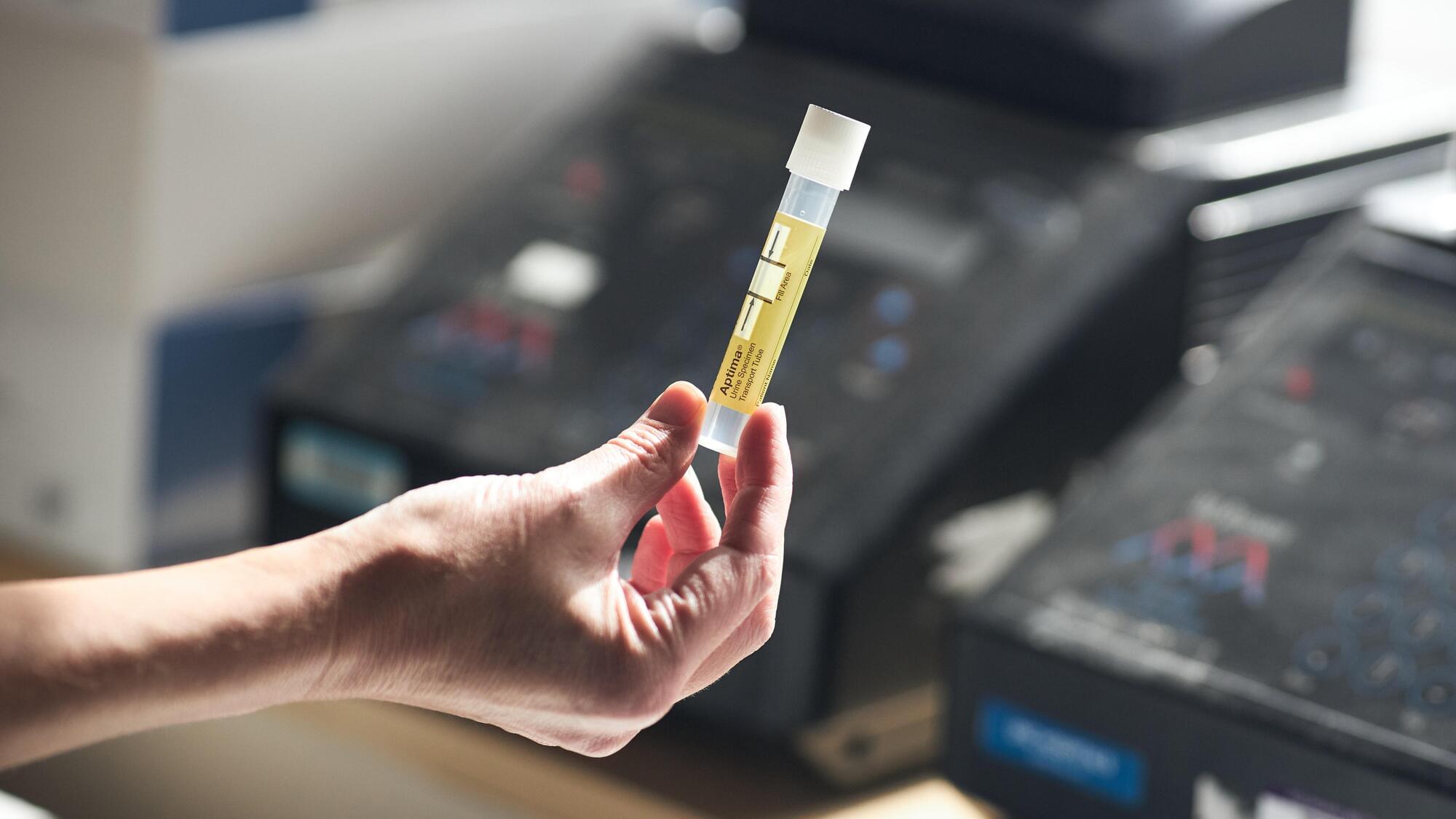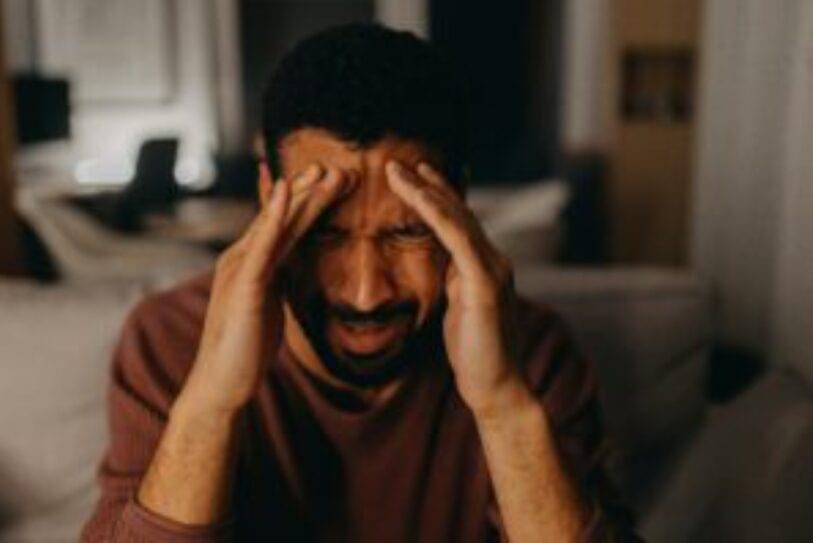Imagine a world where our skyscrapers gleam with the warmth of timber instead of the chill of steel. Superwood, the latest breakthrough from InventWood, promises just that—combining the best of nature and engineering to outstrip traditional metals.
Get the latest international news and world events from around the world.
Dr. Shai Melcer, Ph.D. — Head, National Bioconvergence Program, Israel Innovation Authority
Dr. Shai Melcer, Ph.D. is Head of the National Bioconvergence Program ( https://bioconvergence.org.il/ ) at the Israel Innovation Authority ( https://innovat…


Steering brain cells with magnetic nanoparticles to rebuild lost connections
A collaborative study led by Professor Vittoria Raffa at the University of Pisa and Assistant Professor Fabian Raudzus (Department of Clinical Application) has unveiled a novel approach that uses magnetically guided mechanical forces to direct axonal growth, aiming to enhance the effectiveness of stem cell-based therapies for Parkinson’s disease (PD) and other neurological conditions.
Parkinson’s disease is characterized by the progressive degeneration of dopaminergic neurons in the substantia nigra (SN), which project to the striatum (ST) via the nigrostriatal pathway. The loss of these connections leads to dopamine deficiency and the onset of motor symptoms.
While cell replacement therapies using human stem cell-derived dopaminergic progenitors have shown encouraging results in clinical trials, a key limitation remains: the inability to guide the axons of transplanted cells over long distances to their appropriate targets in the adult brain.

Brain’s Memory Center Never Stops Making Neurons, Study Confirms
Though it’s now clear humans continue to grow new brain cells throughout their entire lives, debate persists over whether this applies to specific areas involved with memory.
Previous studies have made the case for and against the existence of neurogenesis in hippocampus beyond childhood. A new study now offers some of the clearest evidence yet that this crucial memory-forming region does form fresh neurons well into adulthood.
The study is the work of researchers from the Karolinska Institute and the Chalmers University of Technology in Sweden, and looks specifically at the dentate gyrus section of the hippocampus, the part of the brain that acts as a key control center for emotions, learning, and storing episodic memories.



Mining the Moon begins: US firm’s robot to extract rare helium-3 and launch payloads back to Earth for futuristic energy use
In a bold move that could transform the future of clean energy and quantum computing, a Seattle-based startup, Interlune, is taking the first steps toward mining the Moon for a rare isotope called helium-3. This new venture has the potential to challenge the boundaries of technology, as well as the frameworks for space exploration and international resource management.
High-tech company makes key breakthrough that could revolutionize smartphones and EVs: ‘A pivotal commercial milestone’
A USA company is producing nano-sulfide solid-electrolyte powders for use in batteries.

Diabetes drug cuts migraines in half by targeting brain pressure
A common diabetes drug may be the next big thing for migraine relief. In a clinical study, obese patients with chronic migraines who took liraglutide, a GLP-1 receptor agonist, experienced over 50% fewer headache days and significantly improved daily functioning without meaningful weight loss. Researchers believe the drugs ability to lower brain fluid pressure is the key, potentially opening a completely new way to treat migraines. The effects were fast, sustained, and came with only mild side effects.
A diabetes medication that lowers brain fluid pressure has cut monthly migraine days by more than half, according to a new study presented today at the European Academy of Neurology (EAN) Congress 2025.
Researchers at the Headache Center of the University of Naples “Federico II” gave the glucagon-like peptide-1 (GLP-1) receptor agonist liraglutide to 26 adults with obesity and chronic migraine (defined as ≥15 headache days per month). Patients reported an average of 11 fewer headache days per month, while disability scores on the Migraine Disability Assessment Test dropped by 35 points, indicating a clinically meaningful improvement in work, study, and social functioning.